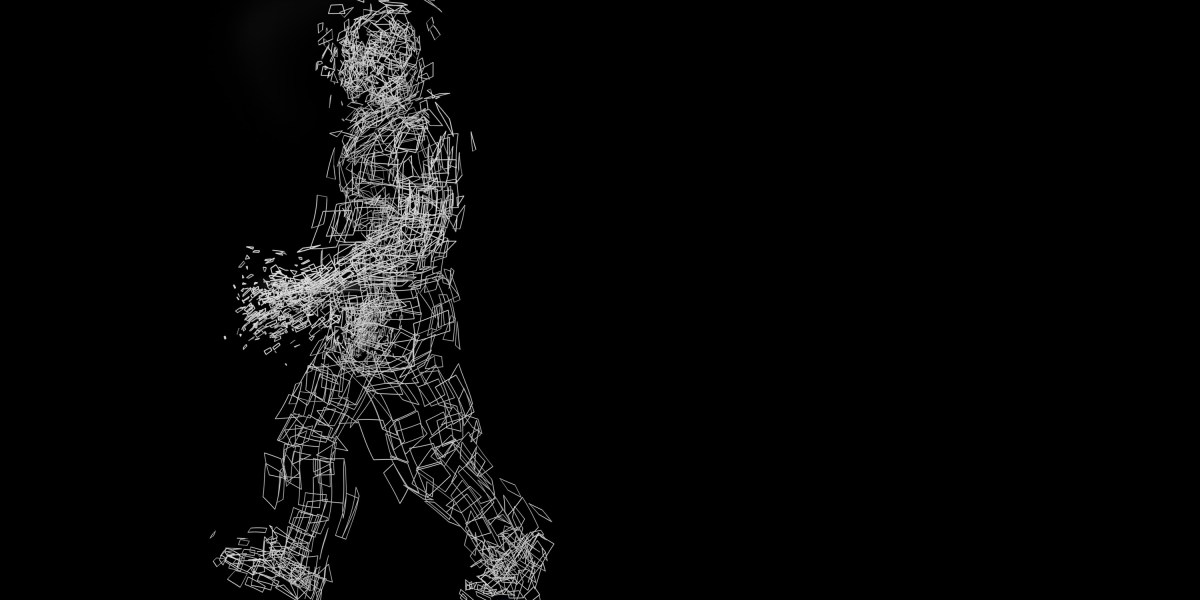How Wi-Fi sensing became usable tech

“Even if your data is encrypted,” says Patwari, “somebody sitting outside of your house could get information about where people are walking inside of the house—maybe even who is doing the walking.” With time, skill, and the right equipment, they could potentially watch your keystrokes, read your lips, or listen to sound waves; with good enough AI, they might be able to interpret them. “I mean,” Patwari clarifies, “the current technology I think would work best is looking inside the window, right?”
Wherever there is Wi-Fi, walls are now more porous. But right now, the only people who can do this kind of spying are researchers—and people who can replicate their results. That latter group includes state governments, Jie Yang confirms. “It’s likely that this is already happening,” Yang says. “That is: I don’t know that people are actually doing that. But I’m sure that we are capable of doing that.”
So more than a decade after he first started trying to use Wi-Fi signals to reveal location information, Patwari is now trying to do the opposite. Recently, he completed a project sponsored by the US Army Research Office, designing strategies to introduce noise and false positives into channel state information to make it harder for unauthorized devices to spy. The EU recently sponsored a project called CSI-MURDER (so called because it obfuscates, or kills, the channel state information). There are plenty of reasons to prevent eavesdropping; for one, Patwari says, the US Army might want “to make sure that they can provide Wi-Fi on a base or whatever and not have audio of what’s going on inside the base eavesdropped outside.”
Plenty of governments already spy on their own citizens, including the US and China—both hubs of Wi-Fi sensing research. That is a risk here too. Even though the most sensitive Wi-Fi sensing data is often stored locally, intelligence agencies could easily monitor that data in person—with or without a warrant or subpoena, depending on the circumstances. They could also access any reports sent to the cloud. For many Americans, though, the bigger privacy risk may come from ordinary users, not from government eavesdroppers. Gillmor notes that the tools already on the market for detecting human presence could create an extra hurdle for people experiencing domestic abuse. “I’m really glad to hear that a stalker would follow the Verizon terms of service, but color me a little bit skeptical,” he adds.
Palak Shah, who leads the social innovation lab at the National Domestic Workers Alliance, says she could imagine upsides for Wi-Fi sensing. “Wage theft is a very common problem in our industry,” she says. A tool that helps nannies, housekeepers, or care workers prove they were in the home could help ensure proper payment. But, she says, “it’s usually the case that things end up being used against the worker even if there’s a potential for it to be used for them,” and “that inherent power dynamic is really hard to disrupt.”
The National Domestic Workers Alliance has helped pass bills in several states to make it illegal to “monitor or record” in bathrooms. In comparison, Wi-Fi sensing is often touted as “privacy protecting” because it does not show naked bodies. But, Gillmor says, “just because it is a sensing mode that humans do not natively have does not mean that it can’t be invasive.”
In another sense, Wi-Fi sensing is more concerning than cameras, because it can be completely invisible. You can spot a nanny cam if you know what to look for. But if you are not the person in charge of the router, there is no way to know if someone’s smart lightbulbs are monitoring you—unless the owner chooses to tell you. This is a problem that could be addressed to some extent with labeling and disclosure requirements, or with more technical solutions, but none currently exist.
I asked Liu what advice he would give to lawmakers wrestling with these new concerns. He told me one senator has already asked. “This is a technology that can help change the world and make lives better. Elder care, security, energy management—everything,” he says. “Nevertheless, we as a society need to draw a red line. Whatever the red line is—it’s not my job to decide—here is the red line we do not cross.”
Meg Duff is a reporter and audio producer based in Brooklyn. She covers science, technology, and climate change.


